Introduction
Discover the enchanting world of heart leaf ferns and transform your indoor spaces into lush green havens. With their delicate, heart-shaped fronds and lush foliage, heart leaf ferns have become a popular choice for plant enthusiasts looking to bring a touch of nature's elegance indoors. These charming ferns not only add aesthetic beauty but also offer numerous benefits, including improved air quality and a calming ambiance, making them a perfect addition to any home or office environment.
Understanding Heart Leaf Ferns

1.1. Origins and Natural Habitat
The heart leaf fern, scientifically known as Hemionitis arifolia, is a native of the tropical regions of Southeast Asia, particularly thriving in countries like India, Malaysia, and Thailand. In its natural habitat, this fern luxuriates under the canopy of dense forests where the environment is humid and warm, creating the perfect microclimate for its growth. Understanding the fern’s origins can help us emulate similar conditions at home, ensuring robust and healthy growth.
1.2. Unique Characteristics
Characteristic for its heart-shaped leaves, the heart leaf fern's foliage emerges as shiny bright green and gradually matures to a darker hue. This evergreen plant has a wiry, creeping growth habit, making it an excellent candidate for mixed indoor plant displays or as a standalone feature. The contrast between its intricate fronds and dark soil or potting mix forms an eye-catching focal point in any indoor setting.
2. Why Choose Heart Leaf Ferns?
2.1. Aesthetic Appeal and Versatility
Heart leaf ferns are highly versatile, fitting elegantly into any decor style, from minimalist designs to lush, jungle-inspired interiors. Their compact size and moderate growth rate allow them to be easily incorporated into small spaces, making them an excellent choice for desktop and office plants. Whether you're hanging them in a macramé potholder or placing them on a sleek window ledge, their lush green fronds add a touch of delicacy and charm.

2.2. Health and Well-being Benefits
Beyond their aesthetic appeal, heart leaf ferns contribute positively to your environment by improving air quality. Like many plants, they help filter airborne toxins and pollutants, allowing you to breathe easier indoors. Moreover, their presence has been linked to reduced stress levels and improved concentration, turning your living or working space into a more inviting and productive environment.
3. Essential Care Tips for Heart Leaf Ferns
3.1. Light Requirements
3.1.1. Optimal Lighting Conditions
Heart leaf ferns thrive in bright, indirect sunlight. Direct sunlight can scorch their delicate fronds, causing browning and damage. To ensure optimal growth, position your fern near a north or east-facing window where it can receive filtered sunlight. If you lack adequate natural light, consider supplementing with fluorescent grow lights.
3.2. Watering Needs
3.2.1. Frequency and Technique
Maintaining the right moisture level in their soil is crucial for heart leaf ferns. Water your fern thoroughly until the excess runs out of the drainage holes. Allow the top inch of the soil to dry out between waterings; overwatering can lead to root rot. In winter, when growth slows, reduce watering frequency accordingly.

3.3. Temperature and Humidity
3.3.1. Ideal Environmental Conditions
Given their tropical origins, heart leaf ferns prefer warm, humid conditions. Aim for room temperatures between 60°F to 75°F. They can withstand cooler temperatures but are sensitive to frost. Boost humidity by misting the fronds, using a humidity tray, or placing a humidifier nearby to replicate their native humid climate.
3.4. Soil and Fertilization
3.4.1. Suitable Soil Mix
A well-draining potting mix rich in organic matter is essential for heart leaf ferns. A blend of peat moss, perlite, and pine bark works well. The soil should retain moisture without becoming waterlogged. Fertilize monthly during the growing season with a balanced liquid fertilizer diluted to half strength, avoiding the fronds.
4. Troubleshooting Common Issues
4.1. Leaf Discoloration
Yellowing leaves typically indicate overwatering, while browning tips may suggest low humidity or too much direct sunlight. Adjust your care routine accordingly by modifying watering practices and ensuring the proper light and humidity levels.

4.2. Pest Management
Heart leaf ferns can occasionally attract pests such as spider mites or aphids. Regularly inspecting your plant and employing preventive measures, such as cleaning leaves with a damp cloth and using insecticidal soap or neem oil, can help keep pests at bay.
5. Indoor Styling and Decoration Tips
5.1. Incorporating Heart Leaf Ferns in Decor
Pair heart leaf ferns with other complementary indoor plants for a layered, nuanced look. Consider other offerings from Plantology, such as the elegant Adonidia Palm or the striking Aglaonema Silver Bay. to diversify your plant collection. Their varied textures and colors create an engaging visual interest, enhancing any space's ambiance.
5.2. Creative Plant Staging
Use decorative pots or hanging baskets to display your heart leaf fern. Choose containers that complement your overall design aesthetic. Whether rustic, modern, or vintage, the choice of pot can significantly influence the visual appeal of your fern. Additionally, allowing the fronds to cascade gently from elevated positions can create an appealing hanging silhouette.

6. Propagation Techniques
6.1. Division Method
Propagating heart leaf ferns is a rewarding process that allows you to expand your collection or share plants with friends. The best way to propagate them is through division. During the early spring, gently remove the plant from its pot and separate the roots into smaller sections by hand or with a clean knife, ensuring each section has healthy rhizomes and leaves. Repot each division into a suitable potting mix and water thoroughly.
6.2. Caring for Propagated Plants
After propagation, place the new plants in a warm, humid location with indirect sunlight to promote growth. Maintain consistent moisture levels and refrain from fertilizing until the plants have established new growth. Within a few weeks to a couple of months, you should see new fronds emerging, signaling successful propagation.
Conclusion
With their unique charm and straightforward care requirements, heart leaf ferns make an excellent choice for anyone looking to introduce greenery into their living or work space. By following the care tips provided in this guide, you'll be well-equipped to nurture your heart leaf fern into a vibrant and flourishing specimen, enhancing the serenity and beauty of your environment.
Explore our wide range of exquisite indoor plants at Plantology, perhaps adding stylish companions such as the Agave Blue or Alexander Palm to your collection. Visit Plantology and let us help you create a beautiful, green sanctuary in your home. Your green oasis is just a plant away!
7. Advanced Care Practices for Heart Leaf Ferns

7.1. Seasonal Care Adjustments
As the seasons change, so do the care requirements of your heart leaf fern. During the spring and summer, when the plant is actively growing, ensure it receives ample humidity and water. As autumn transitions into winter, growth slows down, necessitating a careful adjustment of watering habits. Reduce watering frequency and avoid fertilization in the colder months to prevent stress from overfeeding.
7.2. Pruning for Health and Aesthetics
Pruning your heart leaf fern isn't as intimidating as it may seem. Regularly remove yellowing or dead fronds to encourage new growth and maintain a tidy appearance. You can use sharp, sterile scissors to trim spent foliage at the base of the plant. Not only does this keep your fern looking its best, but it also reduces the risk of fungal diseases taking hold on decaying plant material.
7.3. Understanding Stress Signals
Heart leaf ferns, like all plants, communicate stress signals that provide valuable clues. Wilting or drooping fronds often point to underwatering or extreme temperatures. A comprehensive understanding of these signals will enable you to provide exactly what your heart leaf fern needs to thrive, adapting your care regimen to address deficiencies in real-time.

8. Cultivating Heart Leaf Ferns in Different Environments
8.1. Adapting to Low-Light Spaces
If your indoor environment doesn't boast abundant natural light, fret not. Heart leaf ferns have the remarkable ability to adapt to lower light conditions, though their growth rate might slow. Use full-spectrum fluorescent grow lights to supplement natural light, ensuring the fern receives about 12-14 hours of light per day.
8.2. Bathroom Gardens: Perfect Humidity
The bathroom can offer an ideal microclimate for heart leaf ferns, given its typical humidity levels. Just ensure that your chosen spot receives sufficient indirect light. Place your fern on a window sill or in a well-lit corner to give it the best chance of thriving in this naturally humid environment.
9. Exploring Diverse Fern Varieties
9.1. Expanding Your Fern Collection
Once you've mastered the heart leaf fern, consider diversifying your plant family with other captivating fern varieties. The Asparagus Fern and Maidenhair Fern offer different textures and colors, each complementing the heart leaf fern's distinct silhouette. These ferns, while unique, share similar care requirements, making them excellent companions in your green oasis.

9.2. Creating an Indoor Fern Haven
For true fern enthusiasts, dedicating an entire space to a fern-centric indoor garden can be a profoundly satisfying project. Combine various sizes, shapes, and colors of ferns to create a layered, textured sanctuary that promotes both visual interest and tranquility—a relaxing spot to retreat to after a long day.
10. Innovative Decor Ideas with Heart Leaf Ferns
10.1. Vertical Garden Installations
Bringing nature into your space is more imaginative than ever with vertical garden installations. Utilizing wall-mounted planters, you can create a stunning green wall where heart leaf ferns cascade elegantly down their mounts. This design not only saves floor space but also turns your plants into living art.
10.2. Customizable Terrariums
Heart leaf ferns can also animate terrariums, adding a verdant touch to these enclosed ecosystems. Pair them with mosses, stones, and miniature sculptures to create a miniature landscape that brings a slice of nature into any room. Use open terrariums to maintain adequate air circulation for your ferns.

11. Final Thoughts on Heart Leaf Ferns
11.1. Capturing Nature's Beauty at Home
Heart leaf ferns embody the fusion of beauty and utility, effortlessly elevating any space they inhabit. Their ease of care makes them accessible to novice and experienced gardeners alike. Every aspect, from their aesthetically pleasing foliage to their air-purifying qualities, underscores the undeniable allure of incorporating heart leaf ferns into indoor spaces.
11.2. The Ongoing Journey of Plant Parenthood
Becoming a plant parent to heart leaf ferns is both exhilarating and enriching, offering lessons in patience, attention to detail, and appreciation of nature's nuances. As you nurture your fern, you'll develop a deeper connection to the natural world and witness firsthand the transformative power of green spaces.
Ardently incorporate heart leaf ferns into your lifestyle, and explore the myriad possibilities they present for beautifying surroundings and uplifting spirits. Whether a burgeoning plant enthusiast or a seasoned greenthumb, you'll find the journey with heart leaf ferns to be one filled with hope and reward.
To further expand your indoor garden with bountiful options and expert guides, visit Plantology.—your one-stop destination for all things plant-related. Indulge in the luxuriant charm of plants like Calathea Rattlesnake and elevate your home or office’s ambiance with a radiant tapestry of greenery.



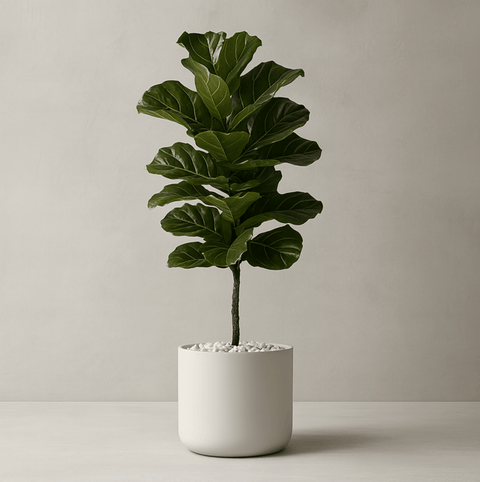

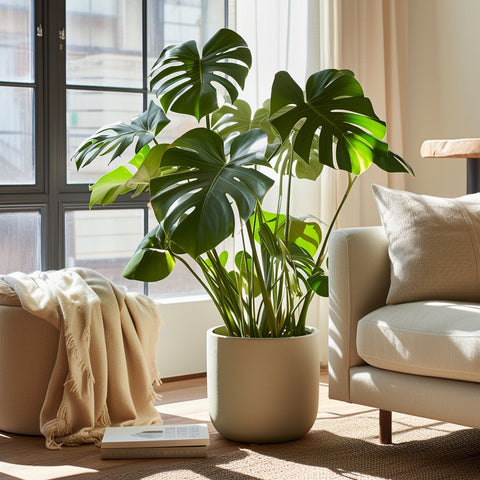
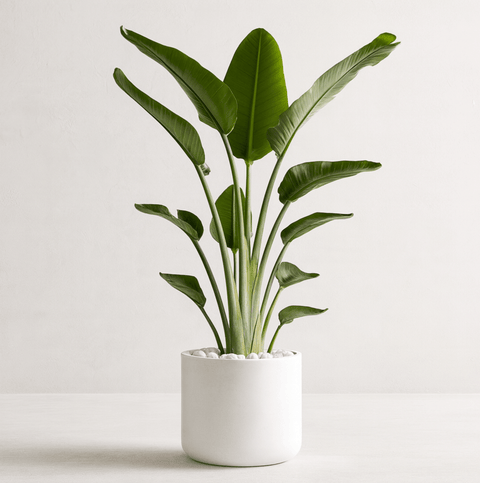
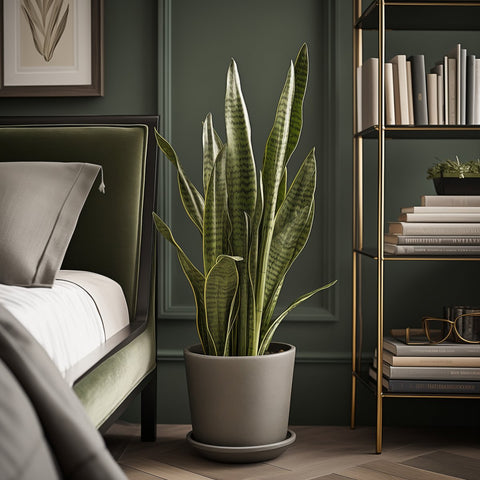
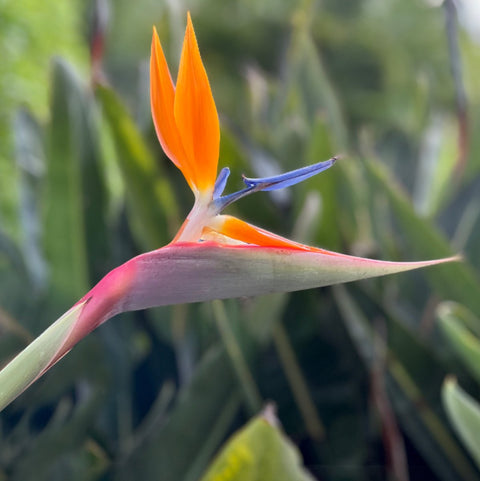

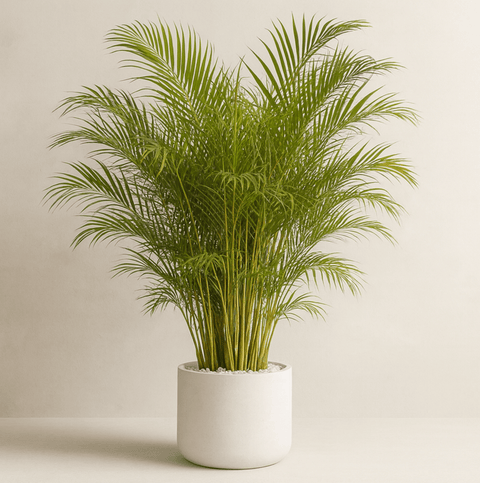






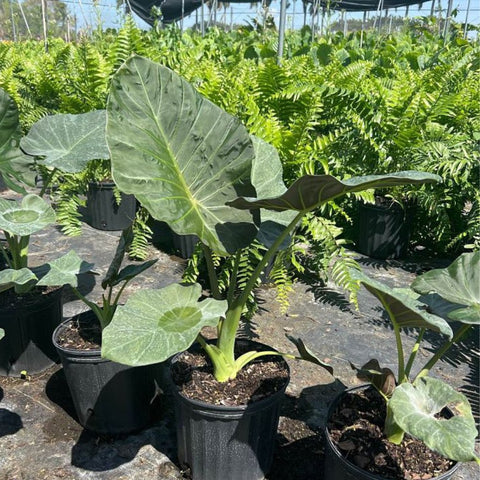
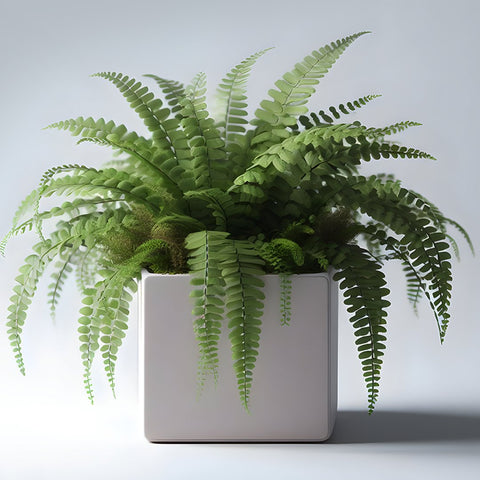


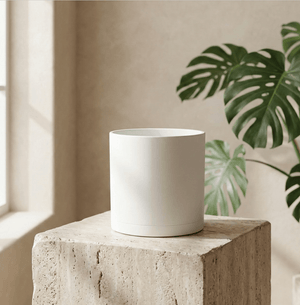
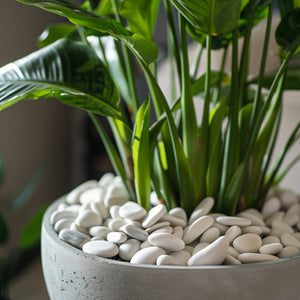


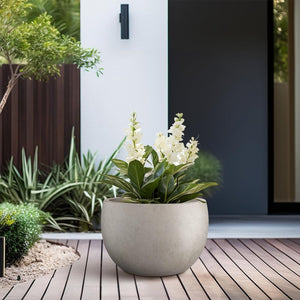



Comments (0)
There are no comments for this article. Be the first one to leave a message!